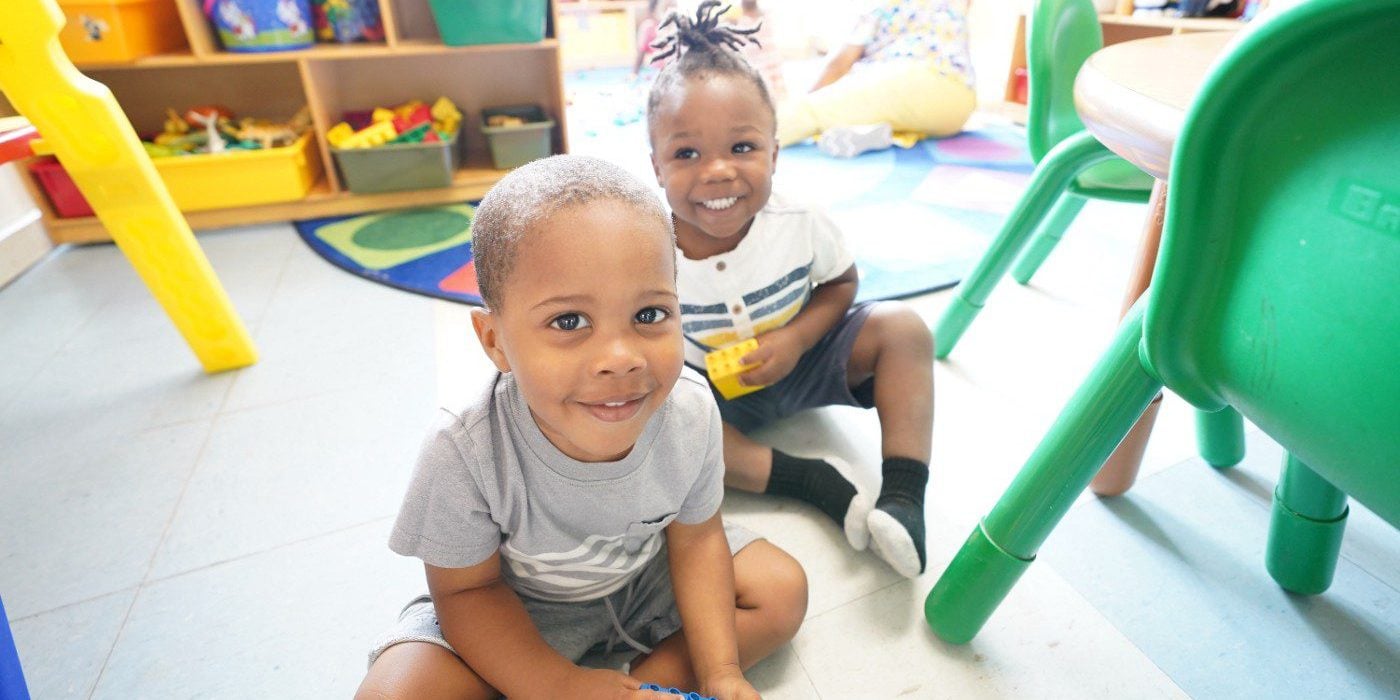When we talk about economic mobility, the conversation often ends up focused on income quintiles measured via longitudinal studies. But what does economic mobility really mean, and why does it matter? At the end of the day, communities in the StriveTogether Cradle to Career Network are working to support kids to achieve their own definitions of success.
How do you define economic mobility?
To learn more about the meaning of economic mobility, we asked kids what success means to them. Their answers made it clear that the definition is multifaceted.
“Having my goals set, having my career set, being financially stable.”
“Being able to support others besides myself, like my family.”
“Making a lasting impact on those around you and having a legacy to look back on.”
Communities want every child to experience their version of success. We can help children get there by supporting things that lead to economic mobility, like education, fulfilling employment, stable housing, social supports and affordable health care.
How can communities strengthen economic mobility?
For more than a decade, communities across the country have been building something more than roads and bridges. They’ve been building a different type of infrastructure: , which connects people, ideas and resources to make communities stronger.
Through civic infrastructure, organizations collaborate with community members, schools, governments, nonprofits, businesses, health care organizations and more. Together, they identify strategies that address the root causes of systemic inequities — strategies that are based in data and focused on getting better outcomes. With these strategies, we can put more young people on the path to economic mobility.
Cradle to Career Network members are using the civic infrastructure they’ve built to transform systems in their communities so that every child has what they need to succeed. With this critical connective tissue in place, communities can collaborate, adapt and flourish, even in crisis. Read the full post on Medium to see what this looks like in four places: Stamford, Connecticut; Wisconsin; Dayton, Ohio; and Baltimore, Maryland.






